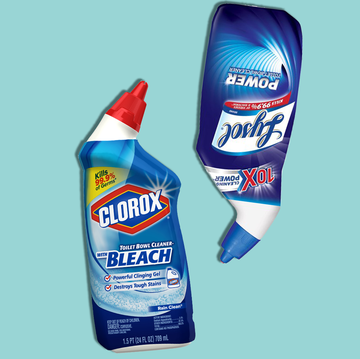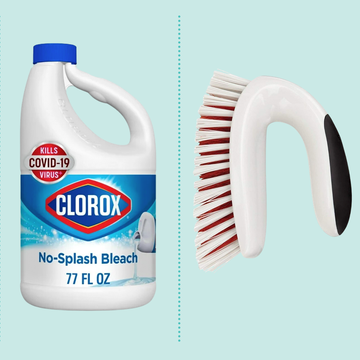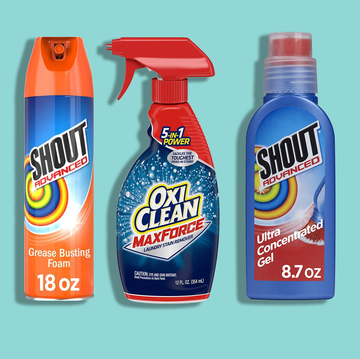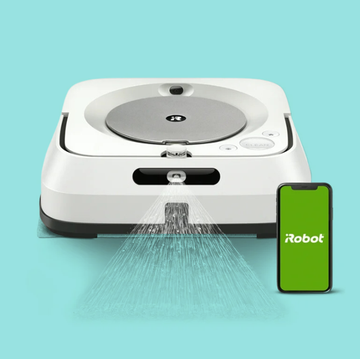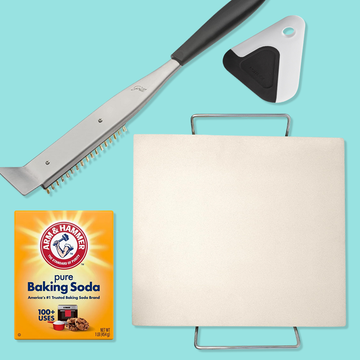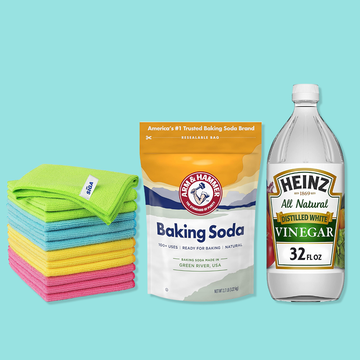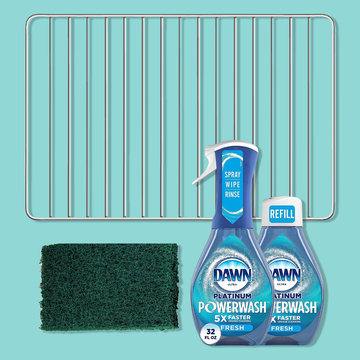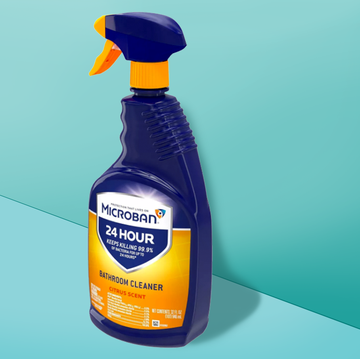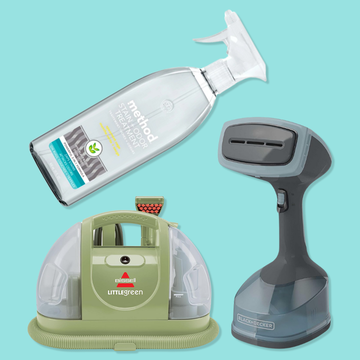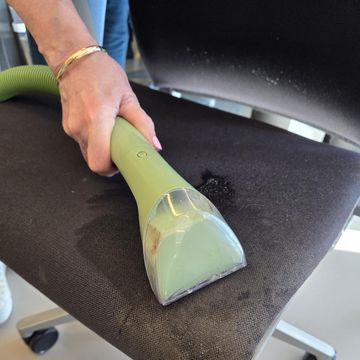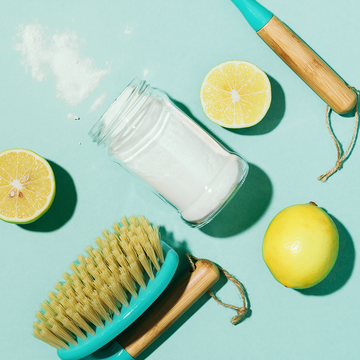1. Pouring water (or cleaner) onto carpet stains.
We know. A quickly setting wine stain on your new cream carpeting is cause for alarm. But if you spy a spot, resist the urge to douse it with all you've got. Over-saturating the stain can damage the fibers, and excess moisture can leak through to the rug pad and flooring, where it can get trapped. Instead, exercise a little patience and employ the blot method for lifting stains. Lightly spritz with water to rinse (followed by more blotting with a clean paper towel or cloth).
2. Cleaning a coffeemaker with bleach.
It's just not a great idea to run this harsh chemical through the machine, and you wouldn't want any residue to end up in your morning mug. Vinegar is a better alternative for descaling your coffeemaker, and a mild dish detergent will help the carafe gleam again.
3. Using vinegar on everything.
This natural cleaner solves lots of household problems, but it isn't as ubiquitous as you'd think. Vinegar can etch natural stone, like marble countertops or tile, it can damage an iron's insides, and it just won't do the trick on certain stubborn stains.
4. Polishing silver with toothpaste all the time.
In a pinch, this trick will make your silver jewelry and utensils sparkle. However, toothpaste is more abrasive than traditional polish, so it could damage to your special pieces over time.
5. Battling sticky spots with nail polish remover.
If you try to lift adhesive residue (from, say, a sticker on your new refrigerator) with this salon staple, you could scratch or discolor the surface (and potentially void the warranty on new appliances). Instead, try using baby oil or mineral oil to fight the stickiness.
6. Applying chlorine bleach to rust stains.
Oddly enough, pouring bleach on rust could make the problem worse. Use old-reliable vinegar instead, letting it sit for a bit and scrubbing with a stiff brush.
7. Wiping your windows with newsprint.
Yesterday's news can be a cheap way to clear window cleaner after you've sprayed it. But the paper's ink could rub off onto the windows trims and sills, so you'll need to break out the microfiber cloth or paper towel anyway.
8. Spraying window cleaner on your computer screen.
Liquid mist that drips and ammonia (if your cleaner has it) don't mix well with electronics. Use a microfiber cloth or alcohol wipe to spiff up your screen instead.
9. Applying salt to set the dye in your clothes.
This old wive's tale simply doesn't work, and you might transfer dye to other clothes in your laundry load if you rely on it. It's best to follow the care tag to deal with deeply dyed clothes; most suggest washing alone before wearing.
TELL US: What cleaning myth have you busted?
More Cleaning Tips:
• 8 Clever Uses for Dryer Sheets• 9 Surprising Ways You're Ruining Your Clothes• 7 Ways You're Ruining Your Towels
Photos: Getty



